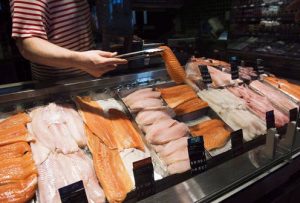John Keogh of Big News Network writes that the globalization of the food chain has resulted in increased complexity and diminished transparency and trust into how and where our foods are grown, harvested, processed and by whom.
 But this homily – we knew our grower so it must be safer – has no basis in factor data.
But this homily – we knew our grower so it must be safer – has no basis in factor data.
It’s like washing produce: It might make you feel better, but microbiologically, it does shit.
While the extent of global food fraud is difficult to quantify, the Canadian Food Inspection Agency (CFIA) suggests food fraud affects 10 per cent of commercially sold food. Various academic and industry sources suggest that globally, food fraud ranges from US$10 billion to $49 billion. This is likely a conservative range considering estimates of fake Australian meats alone and sold worldwide are as high as AUD$4 billion, or more than US$2.5 billion.
If you add the sales of fake wines and alcohol, adulterated honey and spices, mislabelled fish and false claims of organic products, wild-caught fish or grain-fed
As social media amplifies recurring high-profile incidents of food fraud, trust in our global food supply chains remains a concern. For the foreseeable future, much of Canada’s food fraud remains hidden in plain sight, sitting right there on our grocery store shelves.
